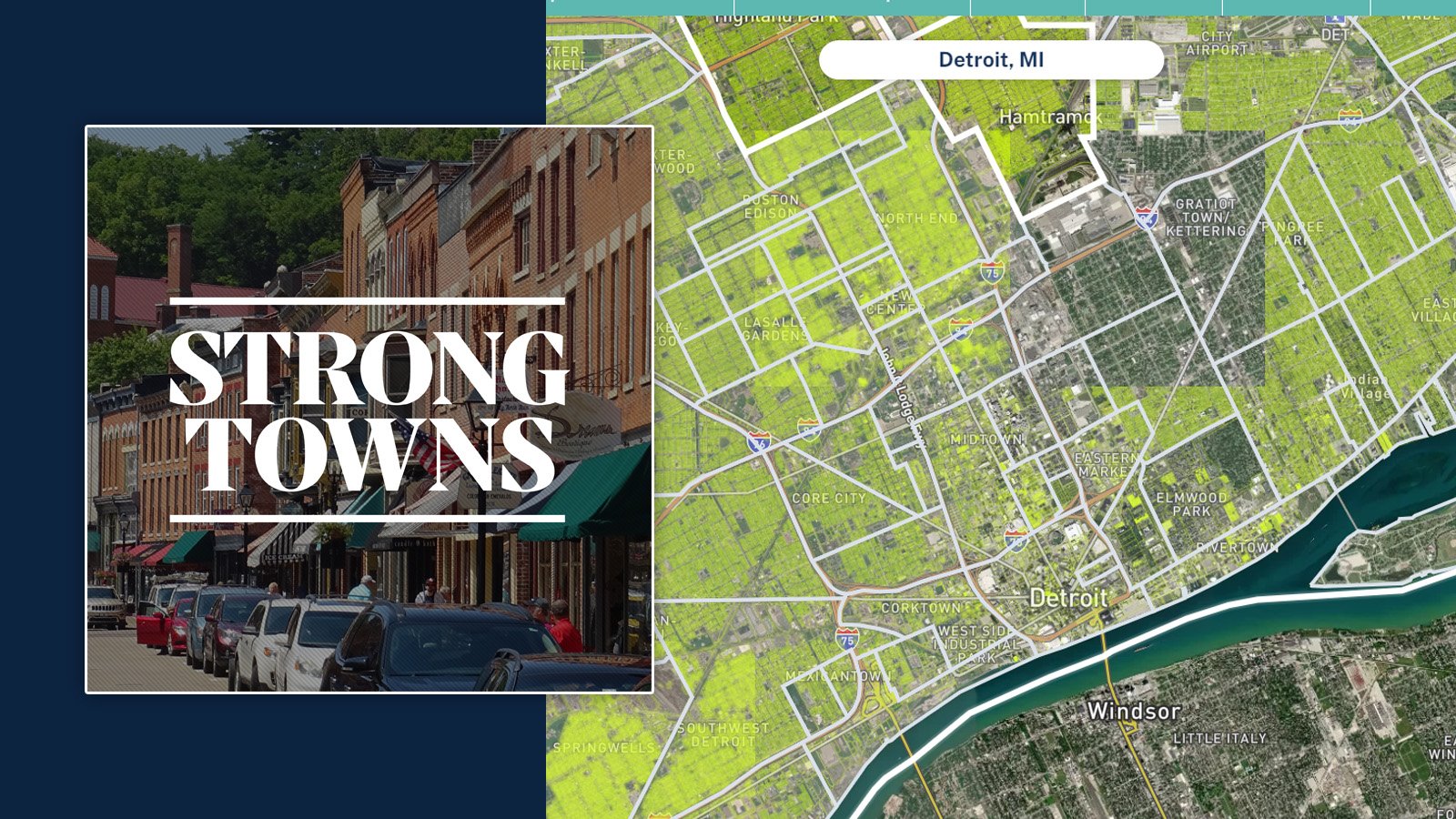Understanding the real costs and long-term liabilities of our infrastructure is essential for the long-term prosperity of our places. Unfortunately, this detail is often overlooked in our decision-making process.
Read MoreWith an average of 39 collisions a day, Winnipeg, Canada, is a dangerous place for drivers and pedestrians alike. Residents have been fighting to change that for over 40 years, but progress is slow.
Read MoreSince the 1970s, the number of cars on I-70 between Denver and its surrounding resorts have jumped more than 500 percent, resulting in gridlock every weekend during ski season. Can this be fixed?
Read MoreIn our extremely polarized political climate, it may seem impossible to get anything done. But even as federal politicians stay locked in stalemates, American governors are fighting for increased cooperation across party lines.
Read MoreIf offered the choice between paid and free parking, many people would probably choose the latter. But free parking may be creating more problems than it’s worth.
Read MoreA recent tweet from the POTUS saying that we need to “build, build, build” to end the housing crisis might reassure some, but there’s reason to be skeptical about how he’s suggesting we do so.
Read MoreWhat percentage of property in any given jurisdiction in the U.S. is locally owned—and are the implications of those numbers? Here to talk with us about it is Alex Alsup of Regrid, which has made the only complete national parcel map.
Read MoreIf we listen to those concerned about housing affordability, rents are already too high and may only go higher. If we listen to those concerned about housing finance, rents are about to collapse. Can both of these narratives be true?
Read MoreThere’s a certain artistic quality to abandoned spaces—but if we look a bit deeper, these ruins also hold lessons about patterns of disinvestment and policy shifts that have adversely affected American communities.
Read MoreSara Joy Proppe is the founder and director of Proximity Project, a consultancy that helps churches discover how they can use placemaking to connect with the local community.
Read MoreWhen housing is scarce, the affordability and quality of it tend to go down. If we want to solve this, we need more housing supply—but how do we make that happen? (Hint: Not necessarily through large-scale federal programs!)
Read MoreA bill to legalize certain forms of “missing middle” housing statewide in Minnesota appears dead in the legislature. Yet, here are 4 reasons why it’s still not a total loss.
Read MoreEveryone has an entry point on their journey to taking action for their place. For Bernice Radle, it was witnessing the steady depopulation of Buffalo, NY, and seeing a landscape of unused, unloved buildings headed for the wrecking ball.
Read MoreAs the U.S. enters another election year, many Americans are going to be engrossed in the conversation about national politics. And many of our readers want to know where Strong Towns stands on the issue.
Read MoreThe financial struggles of Houston and the cities of the Silicon Valley area—as well as tens of thousands of others across North America—have the same underlying cause.
Read MoreWould you wait a month to fix a leaking pipe that was damaging your kitchen cabinets? No? Then why do we wait so long to fix streets where people continuously die in car crashes?
Read MoreWith regular repetition, community cleanups build something that’s lasting: a sense of commitment, pride, and place attachment.
Read MoreLike so many places, Muskegon, MI, has a shortage of housing and a surplus of vacant lots. That’s why it’s enacted a program that allows it to redevelop those lots into affordable housing—at a low risk to the city.
Read MoreCincinnati is currently undergoing a significant planning reformation effort, which involves unveiling what’s being called the Connected Communities plan. Joining us to talk about it is Cincinnati urban planner John Yung.
Read MoreIt's not that cities can’t or shouldn’t learn from each other. But there simply aren’t the kind of drag-and-drop solutions that some pundits (who are either naïve or dishonest) would like to claim.
Read More


















